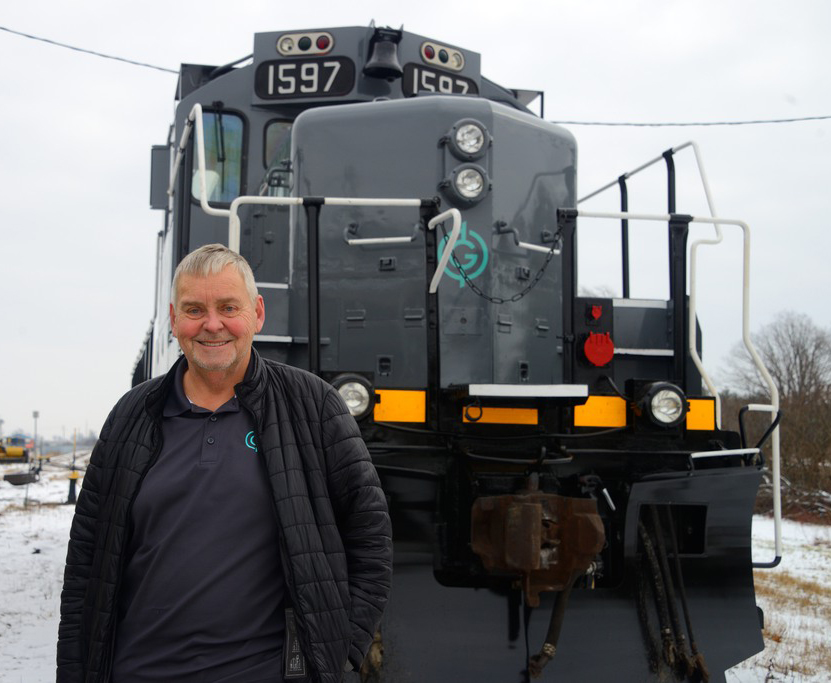roger1818
Senior Member

New rail operator to link St. Thomas with Aylmer and Tillsonburg
It's not quite a return to the city's glory days of railroading, however starting this week a third railway op...www.stthomastoday.ca
More details here:

GIO Rail prepares to start service on CN Cayuga Subdivision - Trains
ST. THOMAS, Ontario — One week after the GIO Railway Corp. ran the final train on one Ontario short line, it debuted on another route. On Christmas Eve, Canadian National’s Cayuga Subdivision saw its first train since April 30, 2020, when Ontario Southland discontinued operation on the 30-mile...






